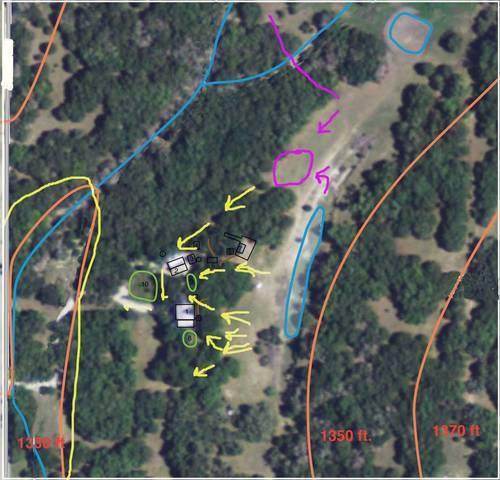




L. Jones wrote: But given finite time, start with the projects that will (gently) bring surface water into the homestead area, and work further out until you hit the edges of the high-side, then work on the lower parts as you can.
Idle dreamer
 3
3




Muddling towards a more permanent agriculture. Not after a guru or a religion, just a functional garden.




L. Jones wrote: If we guess right, we can even start with parts that make things more manageable long before the full-scale scheme is fully implemented (or even fully envisioned, if the most basic aspects are at least sketched out.)
Idle dreamer




Muddling towards a more permanent agriculture. Not after a guru or a religion, just a functional garden.






Idle dreamer




Muddling towards a more permanent agriculture. Not after a guru or a religion, just a functional garden.




Idle dreamer





Idle dreamer






Idle dreamer
 2
2








Idle dreamer










Idle dreamer




Idle dreamer





Idle dreamer




Idle dreamer




Tyler Ludens wrote:Got new Bluegill for the aquaponics. They only had tiny baby ones, barely larger than minnows....
My project thread
Agriculture collects solar energy two-dimensionally; but silviculture collects it three dimensionally.




Idle dreamer




My project thread
Agriculture collects solar energy two-dimensionally; but silviculture collects it three dimensionally.




Idle dreamer




Project Upcycle is giving away a Solar Panel Kit on Facebook for every 100 likes! https://www.facebook.com/ProjectUpcycle
Check out our blog for info on how YOU can get into renewable energies using waste http://ProjectUpcycle.blogspot.com





Idle dreamer




I have never met a stranger, I have met some strange ones.




Idle dreamer




I have never met a stranger, I have met some strange ones.




Project Upcycle is giving away a Solar Panel Kit on Facebook for every 100 likes! https://www.facebook.com/ProjectUpcycle
Check out our blog for info on how YOU can get into renewable energies using waste http://ProjectUpcycle.blogspot.com




 Our land is underlain with limestone ledges, and we're short of $ for such enormous earthworks + expense of shipping container. Just is not going to happen. Annual budget for improvements to the land is between $1000 and $2000. So no big projects are possible. I have to keep my ideas really modest. If I had lots of spare $ and some minions, it would be different! Minions would be especially nice.
Our land is underlain with limestone ledges, and we're short of $ for such enormous earthworks + expense of shipping container. Just is not going to happen. Annual budget for improvements to the land is between $1000 and $2000. So no big projects are possible. I have to keep my ideas really modest. If I had lots of spare $ and some minions, it would be different! Minions would be especially nice. 
Idle dreamer




Tyler Ludens wrote:I don't have anywhere to keep them in the house.....
My project thread
Agriculture collects solar energy two-dimensionally; but silviculture collects it three dimensionally.





Idle dreamer




My project thread
Agriculture collects solar energy two-dimensionally; but silviculture collects it three dimensionally.




Idle dreamer
 1
1





Idle dreamer




Brenda
Bloom where you are planted.
http://restfultrailsfoodforestgarden.blogspot.com/





Idle dreamer




Brenda
Bloom where you are planted.
http://restfultrailsfoodforestgarden.blogspot.com/





Idle dreamer




Brenda
Bloom where you are planted.
http://restfultrailsfoodforestgarden.blogspot.com/





Idle dreamer




 . I'd happily take some of your limestone for some of my crappy georgia red clay (with a pH somewhere in the negatives).
. I'd happily take some of your limestone for some of my crappy georgia red clay (with a pH somewhere in the negatives).




Idle dreamer




Tyler Ludens wrote:I've got clay over my limestone, the "best" of both worlds!


|
Blood pressure normal? What do I change to get "magnificent"? Maybe this tiny ad?
The new purple deck of permaculture playing cards
https://www.kickstarter.com/projects/paulwheaton/garden-cards
|








